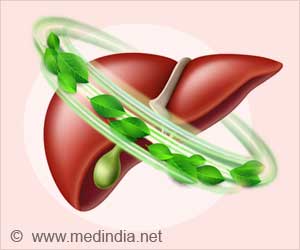An inconspicuous lugworm has aroused scientists' curiosity, as a potential provider of artificial blood, indeed considered a breakthrough in the medical field. The red liquid that courses through our veins, very much our lifeline has always been in great demand. Often, there is a huge scamper for blood during complex surgeries to save the life of the patient.
Nature seems to have many secrets in store, and a little worm which is popularly called the lug worm, and commonly used by fish folk as bait, stands a good chance of elevating its position to that of a life saver. This idea first struck the English and French scientists, who knew of the presence of pure blood in the lug worms. Further, lug worms use hemoglobin to execute blood circulation in the body and the fact that it lives in the earth below lends an added advantage of assisting in a better utilization of oxygen molecules. Importantly, synthetic blood has the capacity to carry 40 times more oxygen than normal blood.This finding will help augment times of acute shortage of blood, while also assisting in keeping the transplant organs in ship shape during surgeries. Professor Peter Olive, a marine biologist at Newcastle University, UK, said: “It (the lugworm) lives in the mud where it has to get oxygen and so its hemoglobin has a very particular structure that makes it very effective at binding oxygen. It’s nearly an ideal structure for carrying oxygen.”
Teaming up with the French scientists, they extracted the protein, which was purified to form an artificial blood solution. This water-based solution can be given to any receiver, irrespective of the blood group.
Professor Olive added: “Nature has given us a solution to one of the great quests in the world of science and medicine. Blood transfusion is by nature a difficult process because blood is a complex material. The end product will be a solution that can be used to carry high levels of oxygen into the body. Effectively it is a blood substitute. It can be used in many different medical processes. From treatment of traumatic injuries like car accidents to cancer and stroke patients.”








